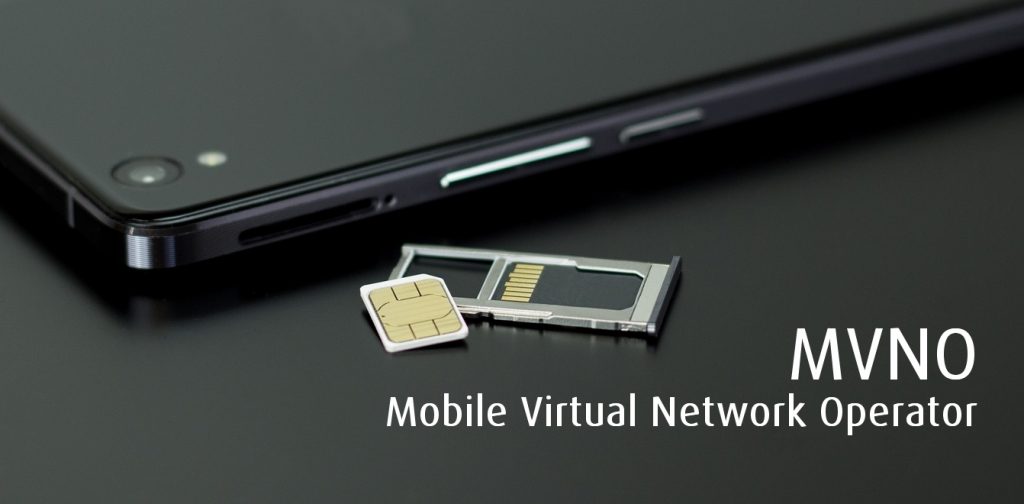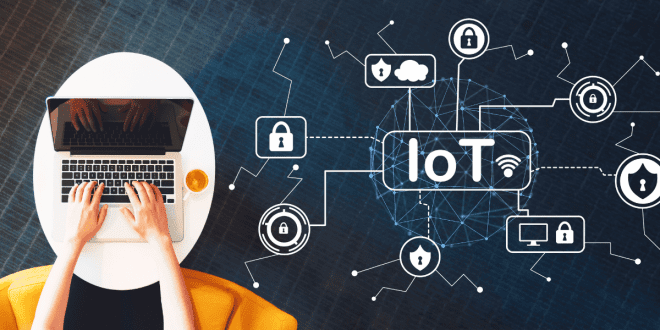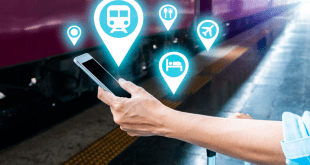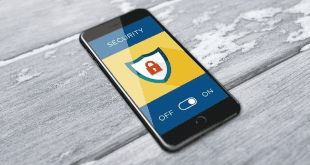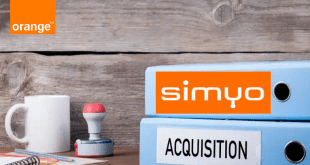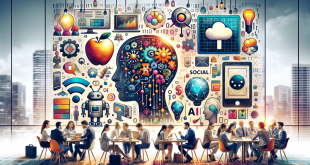20 IoT Devices Connecting the World
The Internet of Things (IoT) has emerged as a transformative technology, connecting various devices and enabling seamless communication and automation. The world is witnessing an exponential growth in IoT devices, ranging from everyday household items to industrial machinery. This article explores 20 IoT devices that are revolutionizing connectivity and automation, transforming industries, and reshaping the way we live and work.
Revolutionizing Connectivity and Automation
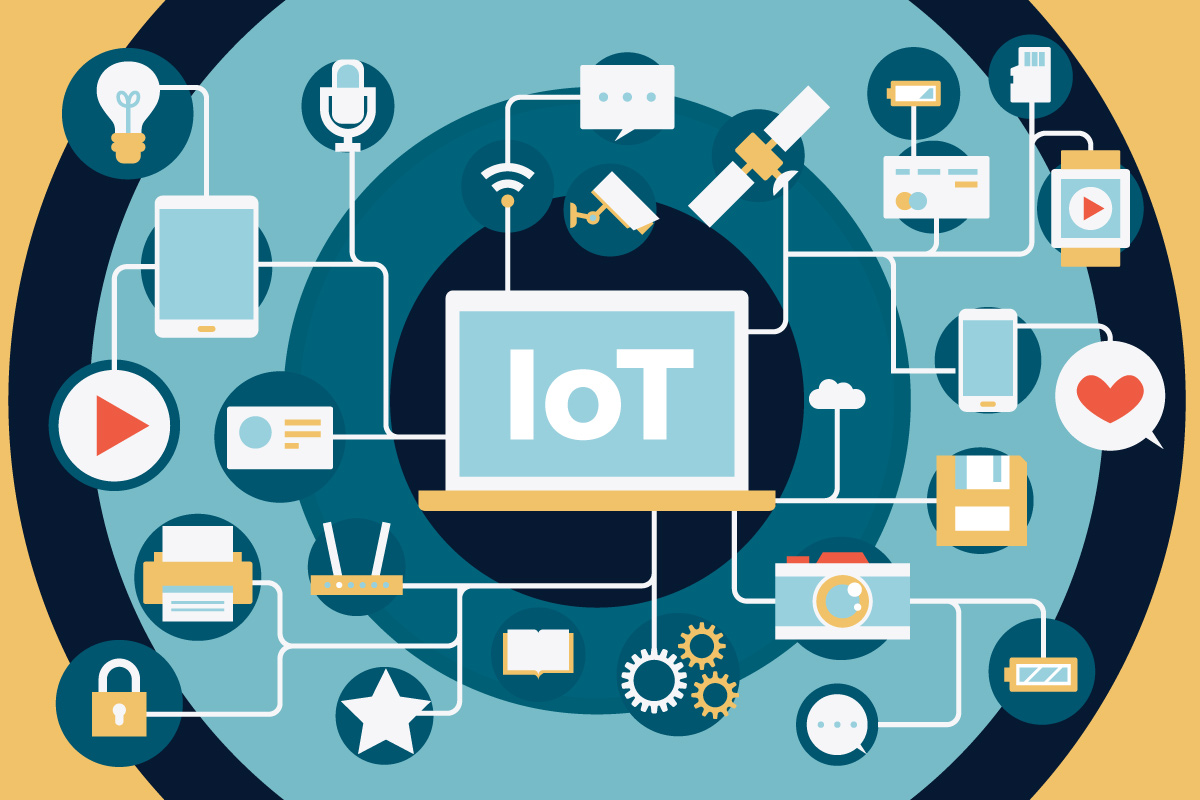
Smart Thermostats
Smart thermostats allow users to remotely control and monitor their home heating and cooling systems. These devices offer energy-saving features, personalized temperature settings, and integration with voice assistants, providing convenience and cost-efficiency.
Connected Lighting Systems
Connected lighting systems enable users to control and automate their lighting fixtures. With features like colour customization, dimming options, and scheduling capabilities, these devices offer energy efficiency, ambiance control, and improved security.
Wearable Fitness Trackers
Wearable fitness trackers have gained popularity for monitoring health and fitness activities. These devices track steps, heart rate, sleep patterns, and other biometric data, helping users stay active and maintain a healthy lifestyle.
Smart Home Security Systems
Smart home security systems integrate IoT devices such as security cameras, door/window sensors, and motion detectors to provide enhanced home security. Users can monitor and control their home security remotely, receive real-time alerts, and even automate actions based on detected events.
Connected Appliances
Connected appliances, such as smart refrigerators, washing machines, and ovens, offer convenience and energy efficiency. These devices can be controlled remotely, provide status updates, and even suggest recipes based on available ingredients.
Industrial IoT Sensors
Industrial IoT sensors are used in various sectors, including manufacturing, logistics, and agriculture. These sensors monitor equipment performance, track inventory, optimize logistics, and enable predictive maintenance, leading to increased efficiency and cost savings.
Smart Farming Systems
Smart farming systems leverage IoT devices to monitor and optimize agricultural processes. These systems use sensors to collect data on soil moisture, temperature, and crop health, enabling farmers to make informed decisions, reduce water consumption, and maximize crop yield.
Connected Medical Devices
Connected medical devices, such as remote patient monitoring systems and wearable health trackers, enable healthcare professionals to monitor patients’ vital signs and health conditions remotely. These devices enhance patient care, enable early intervention, and improve health outcomes.
Smart Grid Infrastructure
Smart grid infrastructure utilizes IoT devices to optimize energy distribution and consumption. These devices monitor energy flow, detect faults, and enable demand response programs, leading to more efficient energy management and reduced environmental impact.
Connected Cars
Connected cars are equipped with IoT devices that provide real-time navigation, vehicle diagnostics, and entertainment options. These devices enhance driver safety, enable predictive maintenance, and enable personalized in-car experiences.
Smart Cities Infrastructure
Smart cities leverage IoT devices to optimize urban infrastructure. These devices monitor traffic flow, manage street lighting, enable waste management systems and enhance public safety, making cities more efficient, sustainable, and live-able.
Connected Retail Solutions
Connected retail solutions integrate IoT devices to enhance the customer shopping experience. These devices include smart shelves, beacons, and RFID tags, enabling personalized offers, efficient inventory management, and seamless checkout processes.
Smart wearables designed specifically for healthcare purposes, such as remote patient monitoring devices and medication adherence trackers, enable individuals to manage their health conditions and receive personalized care.
Industrial Automation Systems
Industrial automation systems leverage IoT devices and connectivity to optimize manufacturing processes. These systems enable real-time monitoring, predictive maintenance, and streamlined production, leading to increased productivity and cost savings.
Environmental Monitoring Devices
Environmental monitoring devices use IoT sensors to measure air quality, water pollution, and weather conditions. These devices enable early detection of environmental issues, facilitate research, and aid in environmental conservation efforts.
Smart Waste Management Systems
Smart waste management systems utilize IoT devices to optimize waste collection and disposal. These devices monitor waste levels, detect bin fullness, and optimize waste collection routes, leading to efficient waste management and reduced environmental impact.
Connected Healthcare Devices
Connected healthcare devices, such as insulin pumps and continuous glucose monitoring systems, enable individuals with chronic conditions to manage their health effectively. These devices provide real-time data and alerts, improving patient outcomes and quality of life.
Smart Vending Machines
Smart vending machines incorporate IoT devices to enhance the vending experience. These machines can monitor inventory levels, offer personalized recommendations, and enable cashless transactions, improving customer convenience and operational efficiency.
Smart Energy Management Systems
Smart energy management systems enable users to monitor and optimize their energy consumption. These systems provide real-time energy usage data, enable automated energy-saving actions, and integrate with renewable energy sources, promoting sustainable energy practices.
IoT-enabled Asset Tracking
IoT-enabled asset tracking devices are used in logistics and supply chain management to monitor the location and condition of goods during transportation. These devices provide real-time tracking, reduce loss and theft, and enable efficient inventory management.
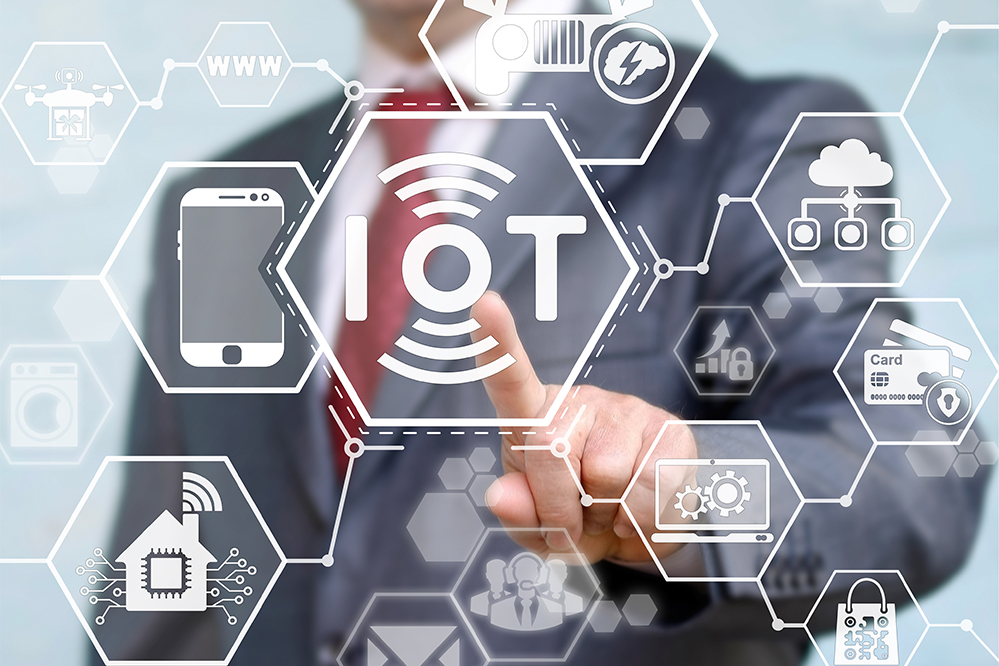
The proliferation of IoT devices is transforming industries, improving efficiency, and enhancing our daily lives. The 20 IoT devices discussed in this article represent a diverse range of applications, from smart homes to healthcare, manufacturing to agriculture. As IoT technology continues to evolve and mature, we can expect even more innovative devices to connect the world and drive the next wave of connectivity and automation.
By A W Moghul
 MVNO MVNE MNO Mobile & Telecoms industry intelligence Telecoms Jobs, News and Business
MVNO MVNE MNO Mobile & Telecoms industry intelligence Telecoms Jobs, News and Business
